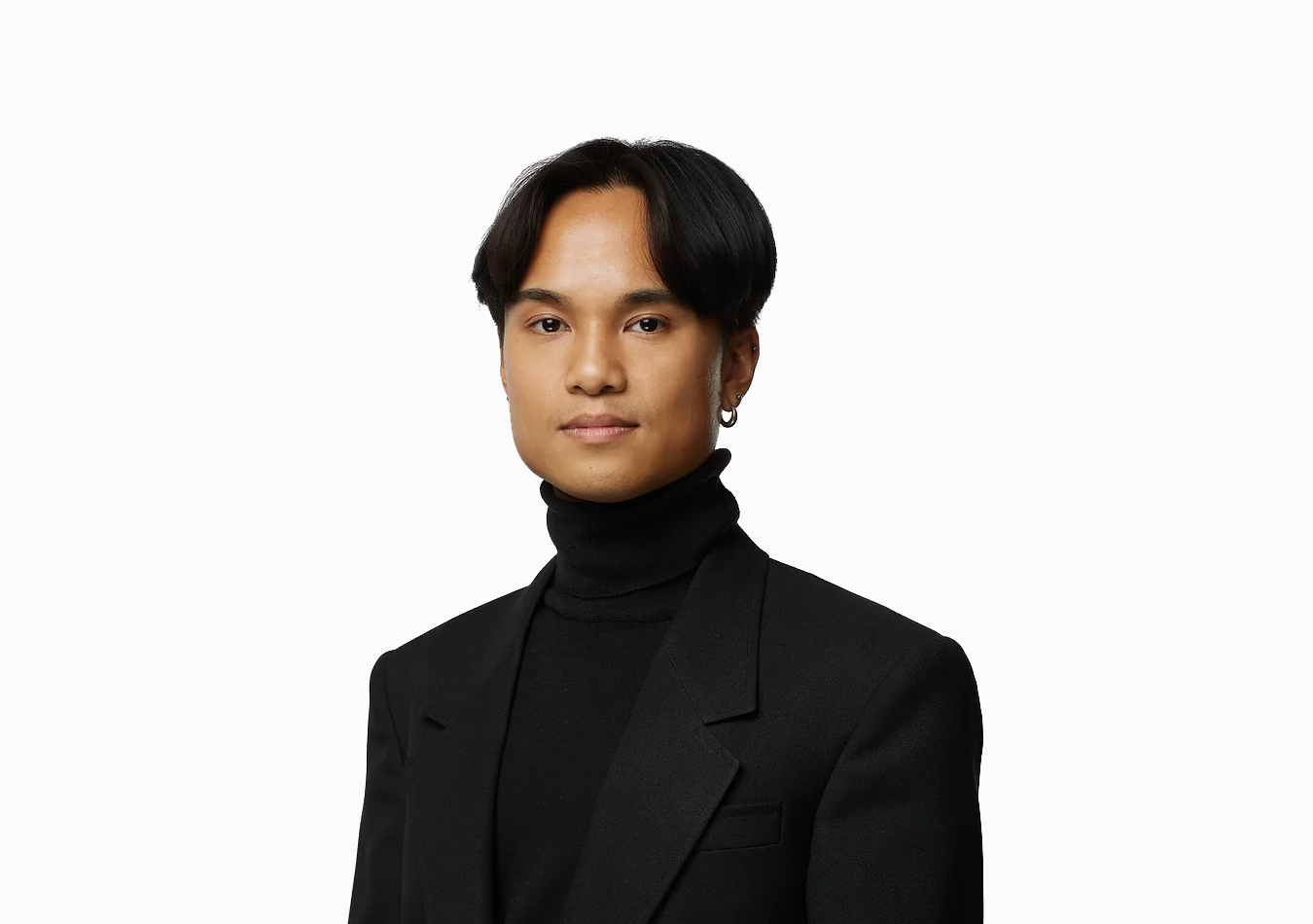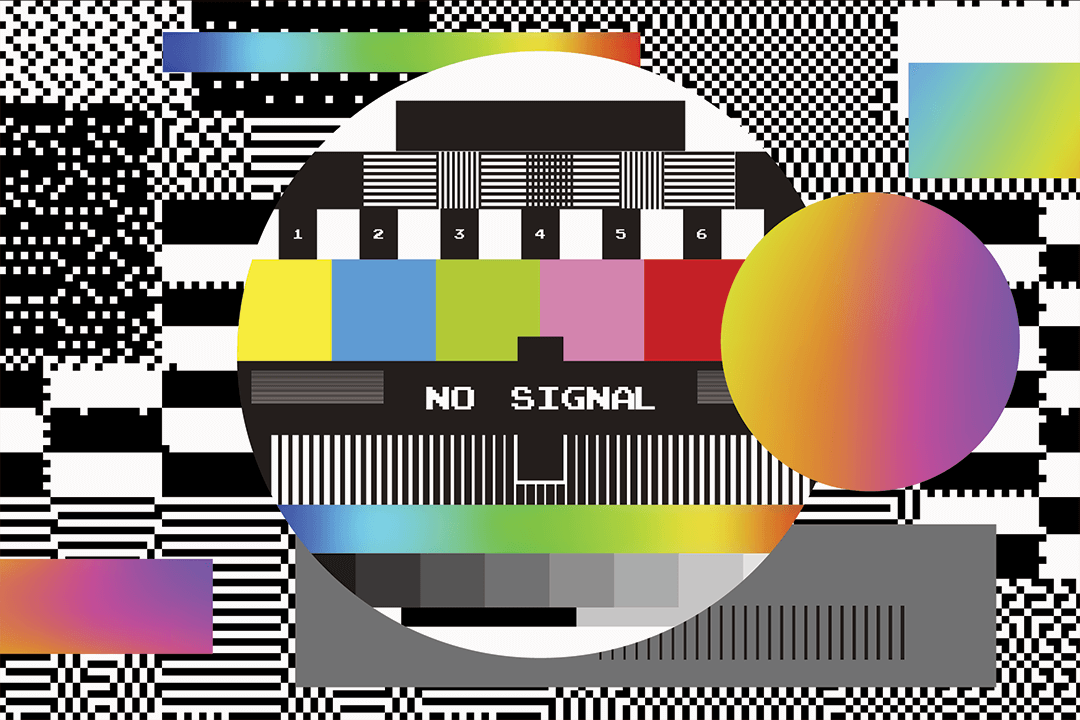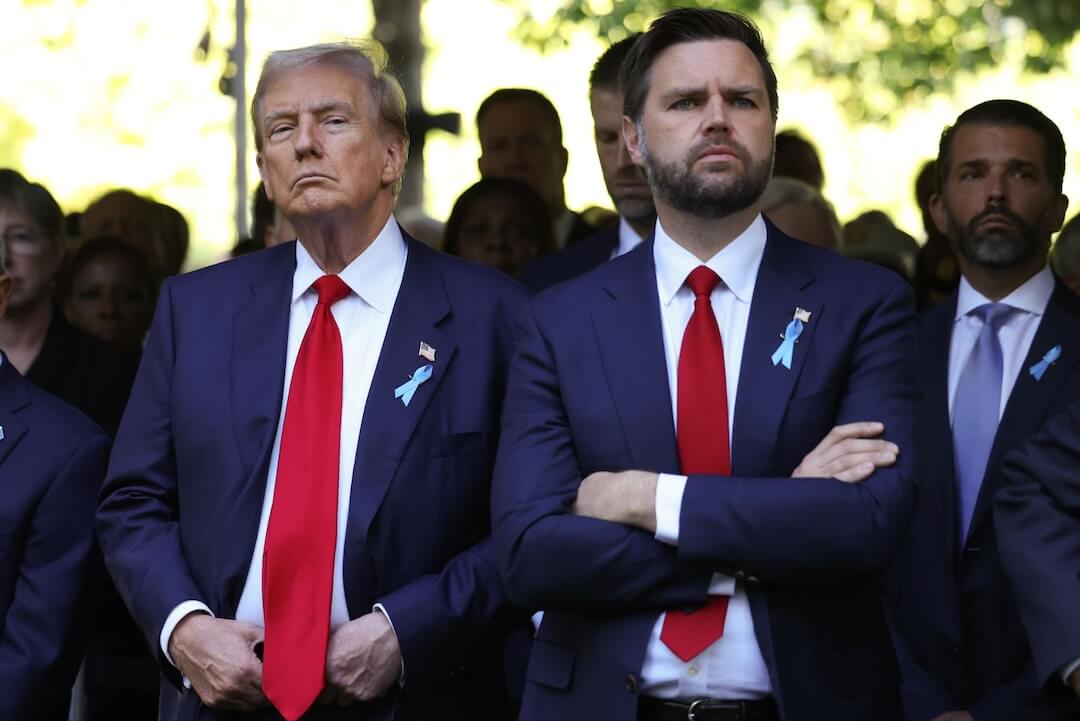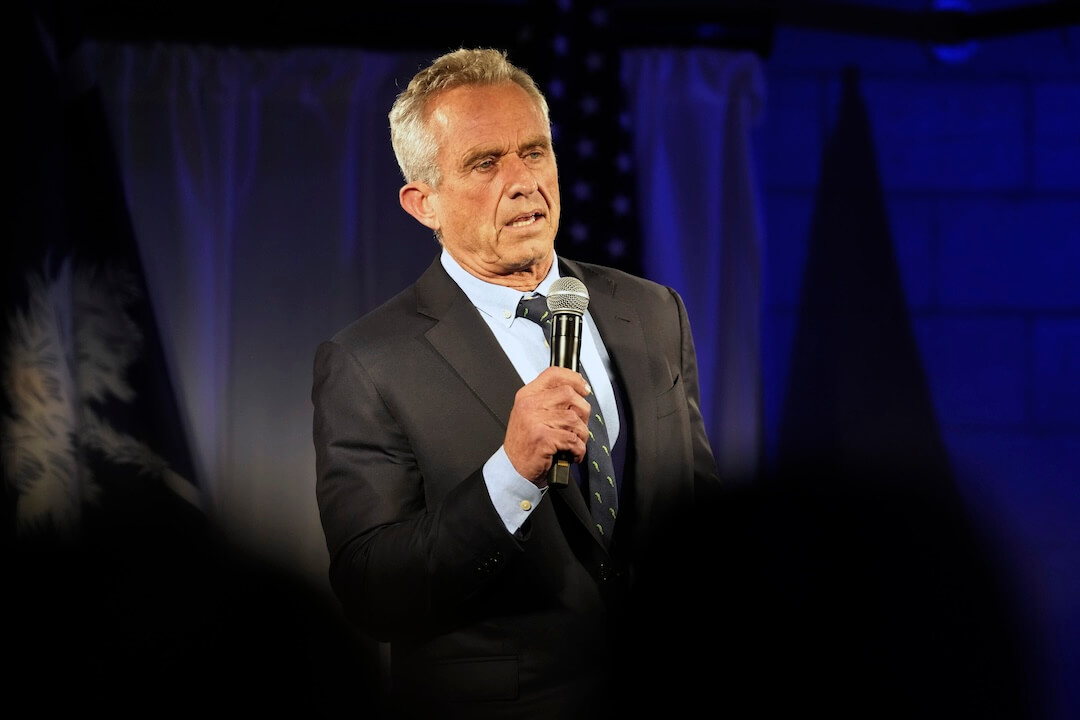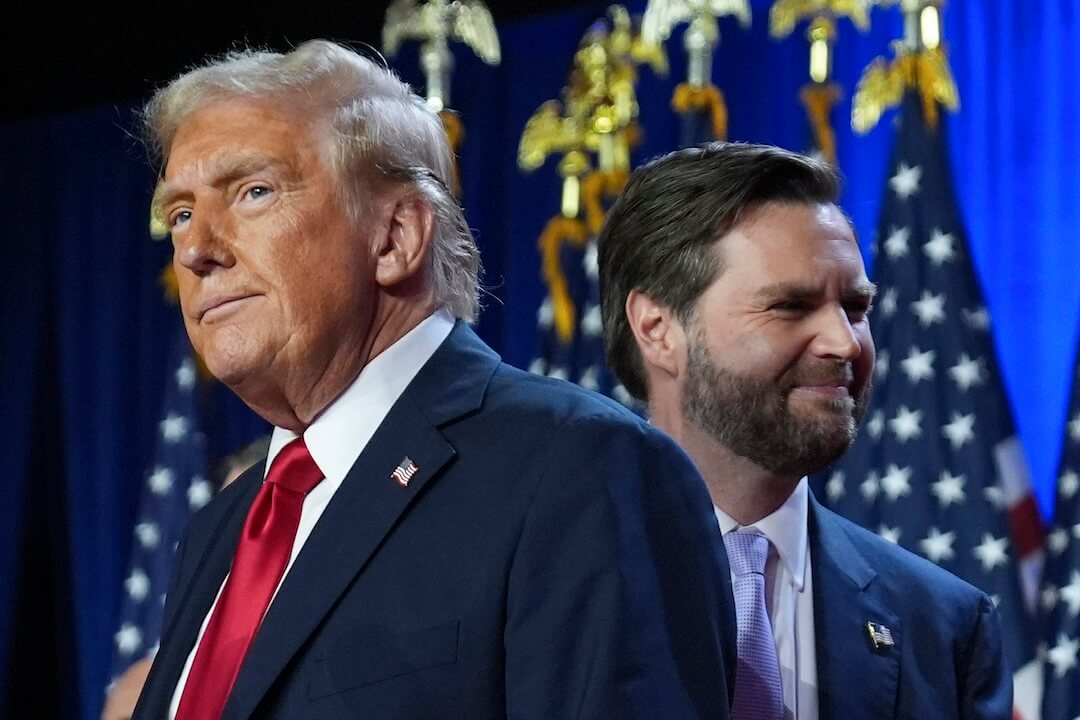In 2020, Viet Tran launched the magazine Sticky Rice, which focuses on Asian Canadian issues, in the thick of the COVID-19 pandemic and a rising wave of anti-Asian racism. Since then, the Montreal-based editor-in-chief, who is a psychiatrist by training, has released two full volumes of content and worked with collaborators from across Canada.
He sat down to share how being a gay Asian man at the helm of a non-queer publication influences its coverage.
How did you become the editor-in-chief of Sticky Rice?
It’s still a question that I sometimes ask myself, as it is not my field of professional practice at all. I never had any training on how to be an editor, let alone an editor-in-chief. I know the importance of community, of friendships and of having important conversations around themes of identity, relationships, society. So I thought of making an e-magazine where I could bring Asian creatives together.
It took some time to sit on the idea, and then it just happened organically. Since I continued to lead the project, it made sense that I would be editor-in-chief. It was a good experience for me to take creative leadership, which was something that I was looking for in my life. It was so much fun that I stayed editor-in-chief.
Sticky Rice’s mandate from the beginning was to be very intersectional in how it addresses Asian Canadian issues. Did your identity as a gay man influence that?
Definitely. Living on the margins makes you more empathetic to the beauty, but also the struggle of other people living at the margins. You can see the intersection of different locations of their identity that deserve more coverage.
Historically, and still today, the media favors a certain kind of public. People living on the margins don’t necessarily feel represented or are longing for content that feels closer to their realities. Being a gay Asian man, I had that sensibility, so it made a lot of sense for me to try to make the content reflect that.
People living on the margins are not given the opportunity to express themselves. I know how self-expression is so important in my actual professional field of practice, psychiatry, and how sometimes, it can be blocked because of several factors. Allowing self-expression leads to growth, personal development and collective development. If we know what our fellow humans’ experiences are, we can learn from that and grow collectively.
Holding strongly to that belief really pushes me to create more intersectional content that broadens everyone’s horizons.
What steps did you take to make the content reflect that intersectionality?
First, I think it’s important that the people I surround myself with — such as our contributors or our editorial team — are as diverse as possible within the Asian community.
After that, it’s about being humble about what I don’t know, and asking for help from people who are more informed. It creates a team with a broader perspective that is reflected in the content. I don’t take everything on my shoulders and acknowledge that I have blind spots. My mindset is to learn, to expand, and to let that guide the process, which is important when you’re creating and collaborating with different people.
My style of leadership aims to create content that is the fruit of collective labor, rather than just my own thoughts and desires. I want to bring out the best of the community to catalyze the creative engine of many people to pop out the baby of that process.
Did you take inspiration from somewhere in particular for this more community-oriented leadership style?
Not really, I think it was very intuitive.
Do you think that if you didn’t have the identities that you have, you would have come intuitively to that approach?
Probably not. I do think that having these different facets of my identity makes me see that I have something unique to bring to the table while also recognizing that other people have unique facets that are worth working with and sharing. I do think that the complex layers of my identity makes me have more empathy for other people and want to work with those parts of them. It has a big role to play in creating the content that we’re creating.
As editor-in-chief of Sticky Rice, you made the decision to commission an entire volume on queer Asian experiences. Can you talk a little bit about that decision?
After a volume about the model minority, I wanted to be more intentional with creating intersectional content. Addressing queer issues felt like the right step, as I don’t think queer Asians have a lot of coverage. I wanted to shine a light on those who are longing for that coverage — hence the title of our second volume, the (Be)longing issue.
Very often queer content is made by queer people for queer people. We live in a society where things are very divided, where everyone has a label. It creates these little pockets that feel very separate.
But I like to see these different locations of identity as very interconnected, as there are themes within the subcultures that everyone can relate to. So rather than creating content by queer people, for queer people or by Asians, for Asians, I want to create content that unites people to have more compassion for each other.
The content that we’ve put out in that second edition addressed themes of being a queer Asian man, a queer Asian woman, and a queer Asian gender-nonconforming person. All these experiences are relatable even if you don’t necessarily identify as queer. I think it can only bring the community closer together. To create queer content within a publication that is not labeled that way is a statement.
There’s not a lot of coverage about queer Asians. Was that void something that you as a queer Asian man could see, that a non-queer non-Asian person might not?
Yeah, for sure. Being a queer Asian man, I reflect on what is it that I would have liked to see. That came up in our editors meeting — it’s really important to reflect on what kind of content we would have liked to read growing up and how that would have validated our experiences or helped us grow. That reflection gave us an opportunity to create content that is accessible and available for the public who can receive what us, as queer Asian editors, longed for. That’s not something a non-queer and non-Asian person can really do, because they don’t have these experiences.
What kind of advice would you give to other queer folks who are looking to have a position of power in non-queer media?
Be fiercely authentic. Because what makes you different, doesn’t make it something you should hide or feel defensive of. I really think that your differences make you unique and important. To really express your authentic self, even if it feels like no one else will have your back, will make people recognize that value and support you long term.
Queer people in positions of leadership do have the power of making content more diverse, to explore blind spots, and to bring subculture content to the mainstream. I think that is something that is just beneficial for everyone. Being queer is beautiful and awesome and should be something that is shared.
This article was made possible thanks to the support of the Gill Foundation.

